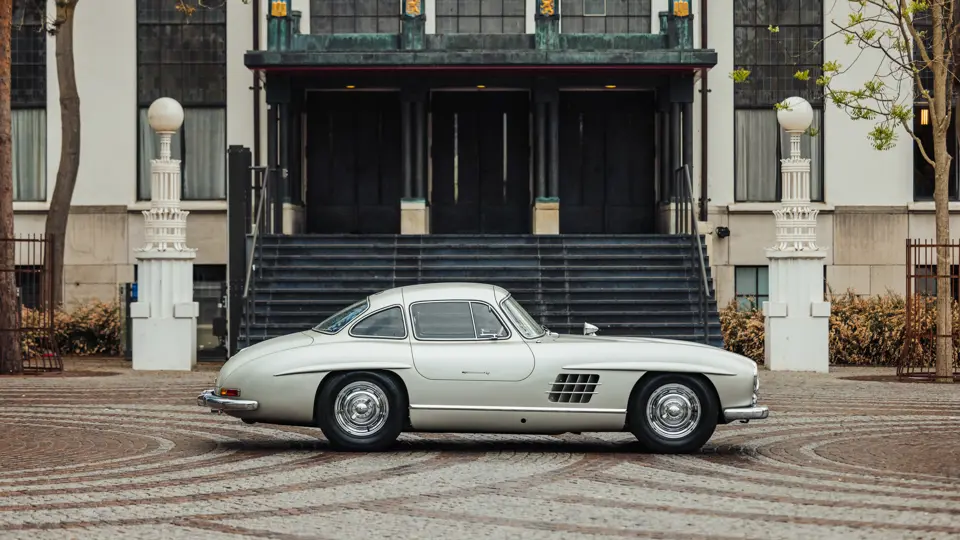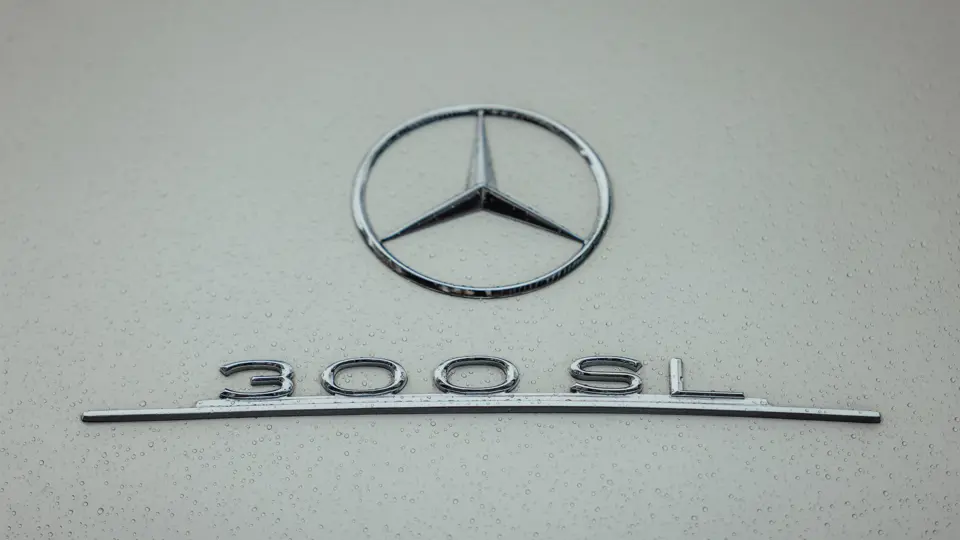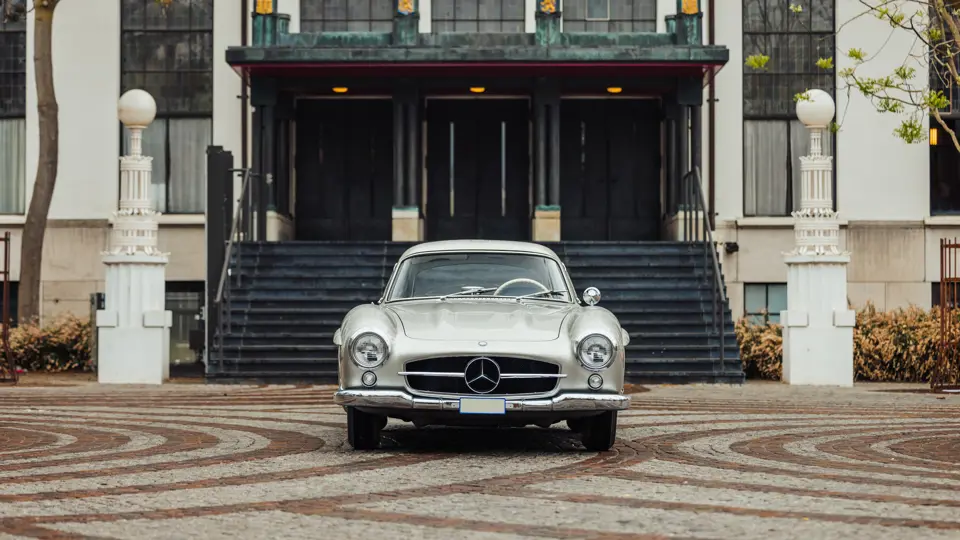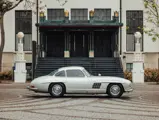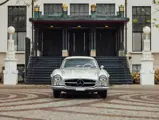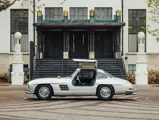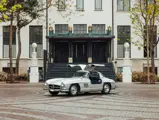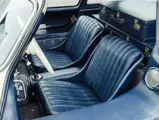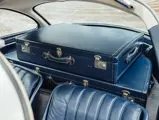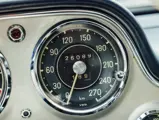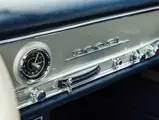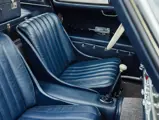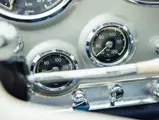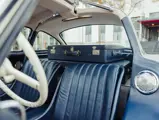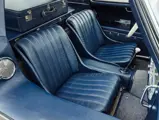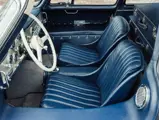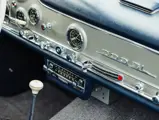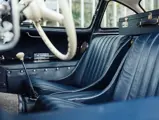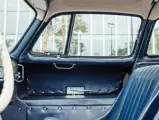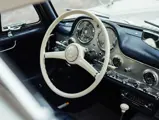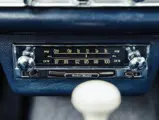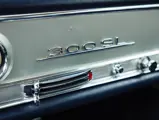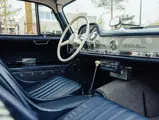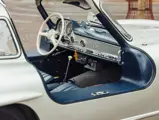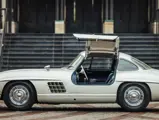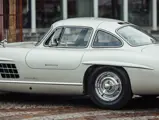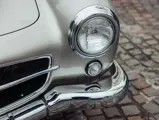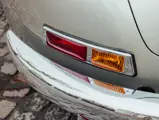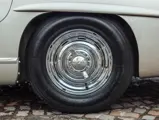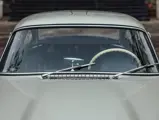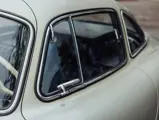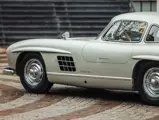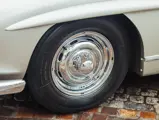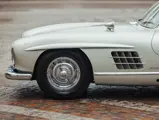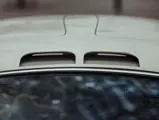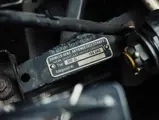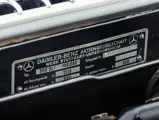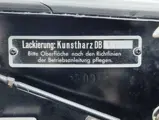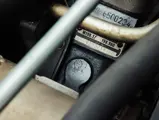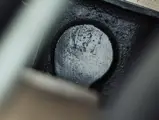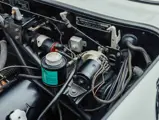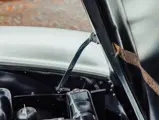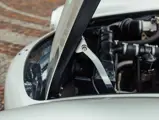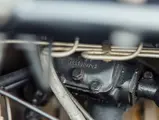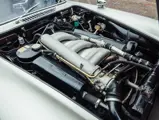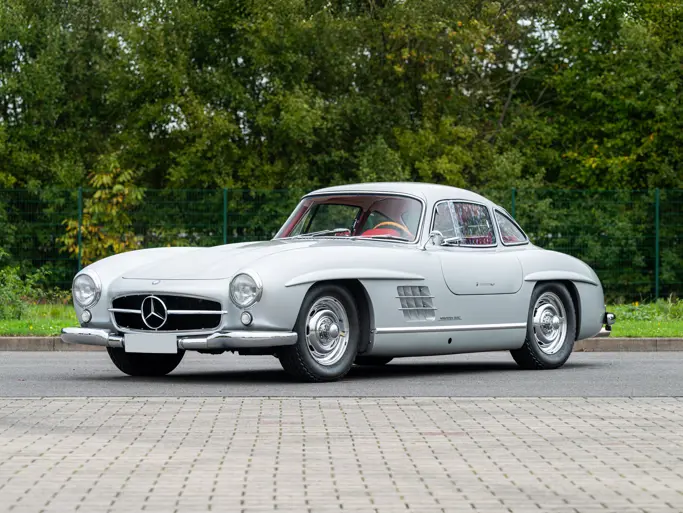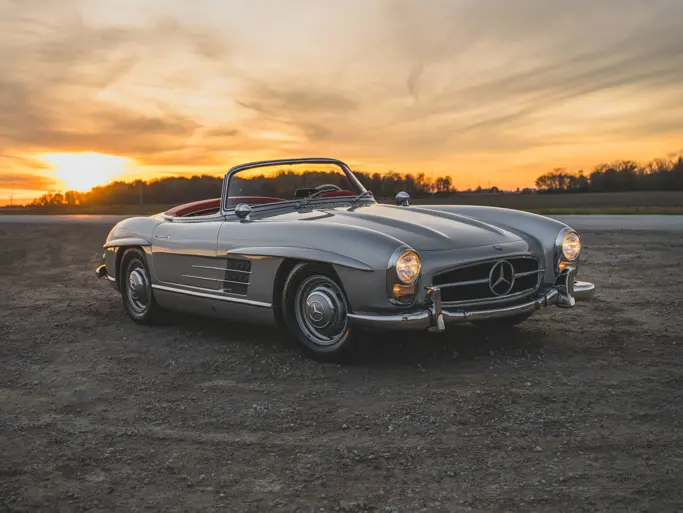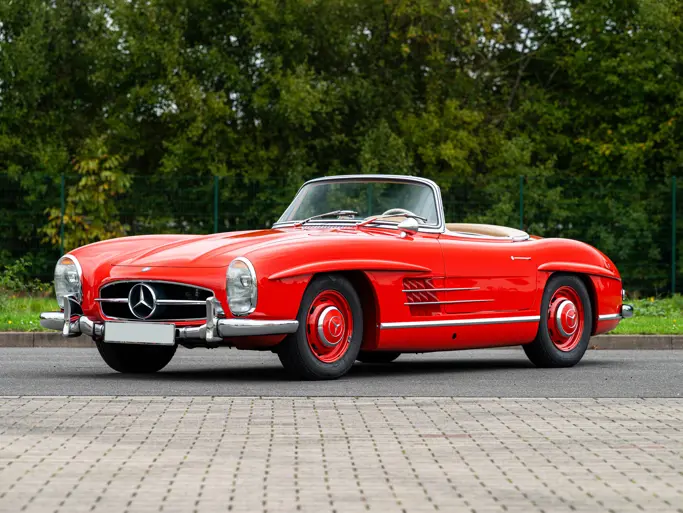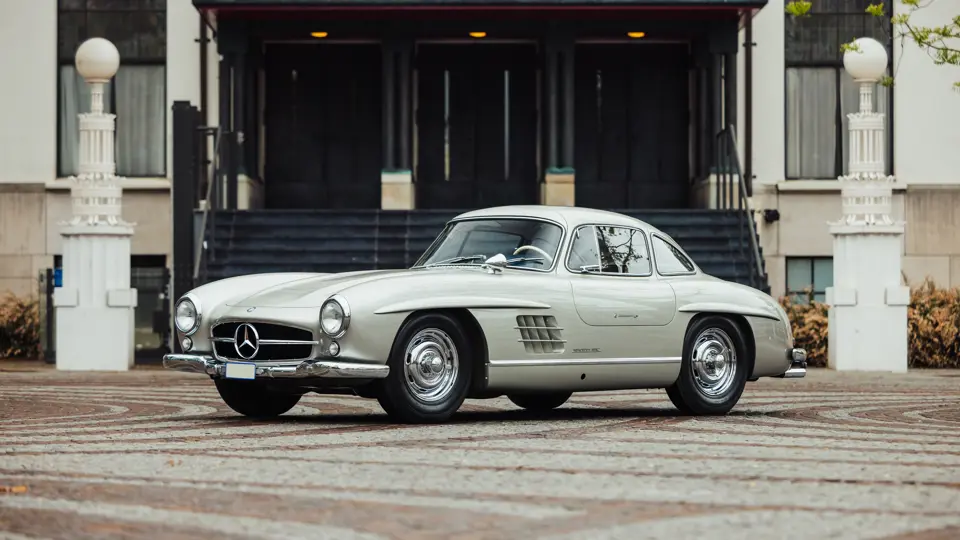
1956 Mercedes-Benz 300 SL Gullwing
{{lr.item.text}}
€1,700,000 - €2,100,000 EUR | Not Sold
{{bidding.lot.reserveStatusFormatted}}
- Offered from an exceptional private collection
- Known history from new; boasts single ownership since 1988
- Equipped with an NSL-specification engine and wears a set of Rudge wheels
- Retains its matching-numbers body, chassis, and engine
- Well-preserved older nut-and-bolt restoration performed by the Scott Grundfor Company
- Offered with a copy of its Mercedes-Benz Data Card
- Esemplare proveniente da una straordinaria collezione privata
- Storia ben nota da quando è stata consegnata nuova; unica proprietà dal 1988
- Montati di fabbrica motore con specifica NSL
- Carrozzeria, motore e telaio corrispondono ai registri originali
- Restauro completo e ben conservato effettuato in precedenza dalla celebre Scott Grundfor Company
- Offerto con una copia della scheda tecnica Mercedes-Benz
Mercedes-Benz’s 300 SL racing car from 1952 claimed an astonishing list of successes, including victories in the 24 Hours of Le Mans, the Carrera Panamericana, and at the Nürburgring. Following its dominant performances in competition, Mercedes-Benz developed the platform for production. Under the bonnet lay a powerful overhead-camshaft straight-six that was inclined to the side to lower the centre of gravity and frontal area. This incline was partly achieved thanks to Bosch fuel injection, an innovative technology developed for fighter planes.
Most important to the design was a welded, tubular-steel, spaceframe chassis, which saved weight and strengthened the car. There was one small problem: the chassis rails passed through where the doors would ordinarily be, making conventionally hinged doors impossible to utilise. Engineers came up with a unique and seemingly simple solution: hinge the doors at the roofline and have them open upward instead of outward. Not just beautiful, the 300 SL was capable of an incredible 260 km/h thanks to its wind-cheating aerodynamics. Quickly earning the nickname “Gullwing” for obvious reason, the 300 SL remained an industry standard of performance for years and today remains arguably the most iconic automobile of its era.
Offered here is chassis number 198.040.6500223, which was special-ordered and equipped from new with the1:3.42 rear axle ratio. Furthermore, it was originally finished in Blue Grey (DB 166) over Leder Grün (L3), a most striking and very rare combination. A scan of the registers reveals that it was one of just four Gullwings delivered in this paint colour.
Per its build sheet the car was delivered to one J Blank of the Hohenz Ziegelwerke, a brick factory near Stuttgart. It was subsequently brought to the United States, likely by Gordon Donaldson of Seattle, Washington. After which, it remained on the West Coast in the hands of John R Winblad of San Francisco and then Franklin Burns of Petaluma, California, who had purchased it by 1973. Mr Burns commissioned noted 300 SL expert Scott Grundfor Company, then based in the San Fernando Valley, with a complete restoration in Silver Gray. Finished with blue leather, a matching set of fitted luggage, and wearing Rudge wheels, the car was immediately acquired by the consigning owner in 1988 and has remained in their collection ever since.
Inspection shows that the chassis and engine number stampings remain original as well, though the tags have been replaced—as is common in a restoration of this era. Moreover, the car is fitted with a replacement cylinder head, which is dated to 1960. Significantly, the engine is to highly desirable NSL specification, with the “code 00” competition camshafts dated to January 1956, and inspection indicates that the car otherwise retains very highly satisfying originality. Please note: per the detailed inspection report on file, recommended for review by interested bidders, this car was not originally delivered with Rudge wheels as fitted.
This is an exceptionally well-loved Gullwing, offered from excellent long-term care and as beautifully optioned and presented as one could wish.
L’auto da competizione 300 SL di Mercedes-Benz del 1952 conquistò una serie incredibile di successi, tra cui le vittorie alla 24 Ore di Le Mans, alla Carrera Panamericana e al Nürburgring. In virtù delle performance dominanti in gara Mercedes-Benz sviluppò la piattaforma per la successiva produzione in serie. Sotto il cofano si trova un potente sei cilindri in linea con albero a camme in testa, inclinato lateralmente per abbassare il baricentro e il frontale. Questa disposizione fu in parte raggiunta grazie all’iniezione del carburante Bosch, una tecnologia innovativa sviluppata per gli aerei da caccia.
L’aspetto chiave del design era il telaio tubolare saldato “spaceframe”, che permise di ridurre il peso e irrigidire la vettura. Si presentò tuttavia un piccolo problema: le traverse del telaio passavano nel punto in cui avrebbero dovuto trovarsi le portiere, perciò era impossibile utilizzare una soluzione tradizionale a cerniera. Gli ingegneri idearono una soluzione unica e apparentemente semplice: montare le cerniere sul tetto e optare per portiere con apertura verticale anziché laterale. Oltre che bellissima la 300 SL poteva raggiungere la straordinaria velocità di 260 km/h grazie all’aerodinamica che sfidava il vento. Presto ribattezzata “Gullwing”, ali di gabbiano, per ovvie ragioni, la 300 SL rimase per anni uno standard nelle prestazioni per l’intero settore ed è una delle auto più iconiche della sua epoca.
L'esemplare qui proposto con numero di telaio 198.040.6500223 fu appositamente ordinato ed equipaggiato da nuovo con ha un rapporto al ponte di 1:3.42. Inoltre, in origine era verniciato nella tonalità Blue Grey (DB 166) con interni in pelle Grün (L3), una combinazione di grande impatto e rarità. I registri indicano che fu una delle sole quattro Gullwing consegnate in questa tinta.
Stando alla scheda di produzione l’auto fu venduta a tale J. Blank della Hohenz Ziegelwerke, una fabbrica di mattoni vicino a Stoccarda. In seguito fu esportata negli Stati Uniti, presumibilmente da Gordon Donaldson di Seattle, nello stato di Washington. Rimase quindi sulla costa occidentale passando sotto la proprietà di John R. Winblad a San Francisco e poi di Franklin Burns di Petaluma, in California, che l’acquisto nel 1973. Burns incaricò gli esperti di 300 SL della celebre Scott Grundfor Company, la cui sede all’epoca era nella San Fernando Valley, di eseguire un restauro completo applicando la sfumatura Silver Gray. L'auto fu rifinita con rivestimenti in pelle blu e dotata di un set coordinato di bagagli. Fu immediatamente acquistata dal conferente nel 1988 e da allora è rimasta nella sua collezione.
L’ispezione conferma l’originalità delle punzonature dei numeri di telaio e motore, benché le targhette siano state sostituite come da prassi all’epoca del restauro. Inoltre, la vettura monta una testata sostitutiva che risale al 1960. Un particolare degno di nota è che il motore ha l’ambita specifica NSL con alberi a camme da competizione “code 00” risalenti al gennaio 1956. Si prega di notare che, secondo il rapporto di ispezione dettagliato in archivio, raccomandato per la revisione da parte degli offerenti interessati, questa vettura ha non è stata originariamente consegnata con le ruote Rudge così come sono state montate.
Questa Gullwing in condizioni spettacolari e a lungo amata dal conferente ha tutto ciò che un appassionato del modello possa desiderare.
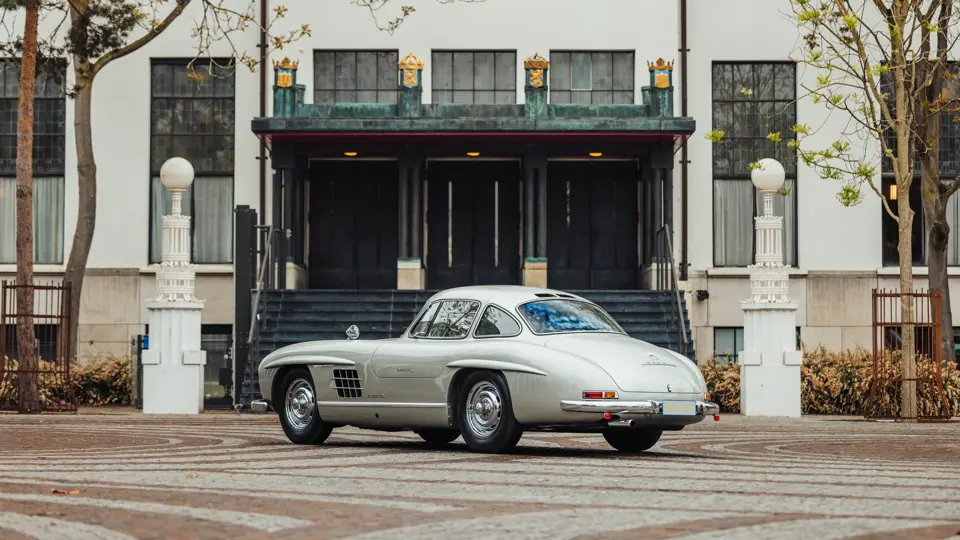

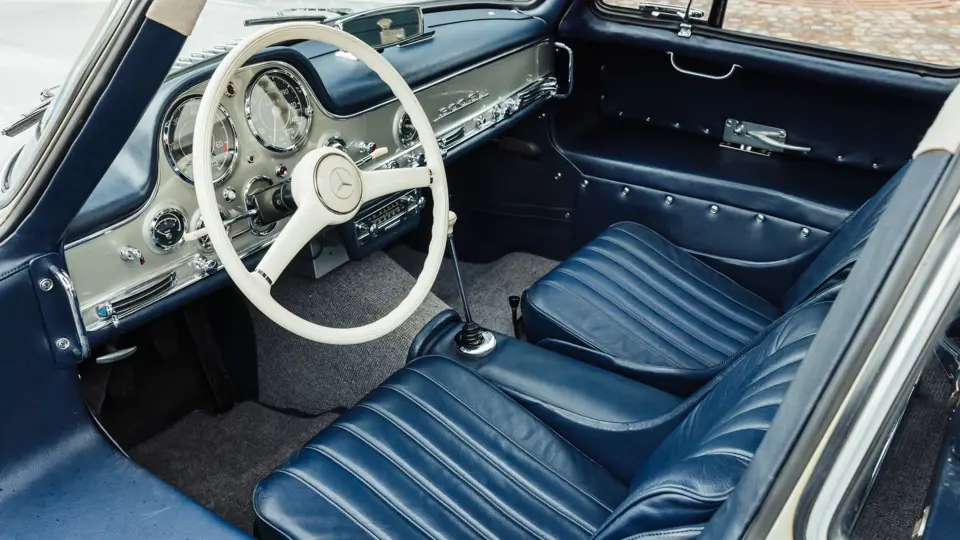


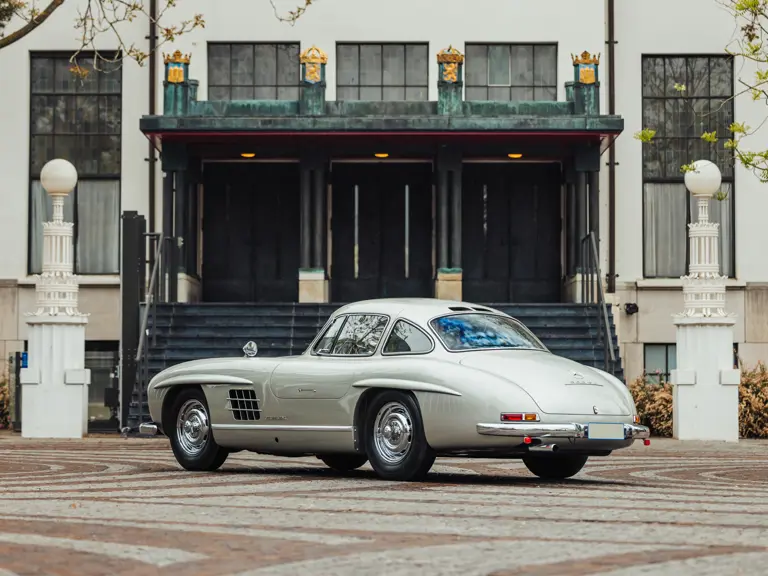
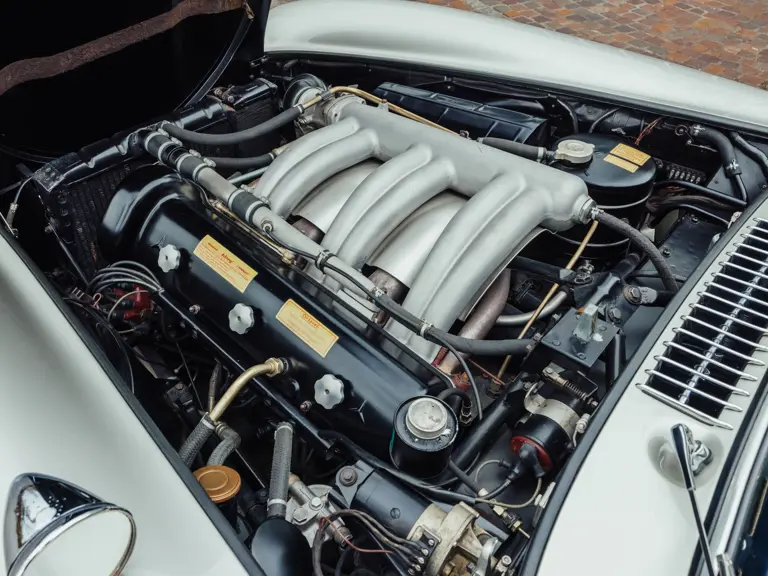



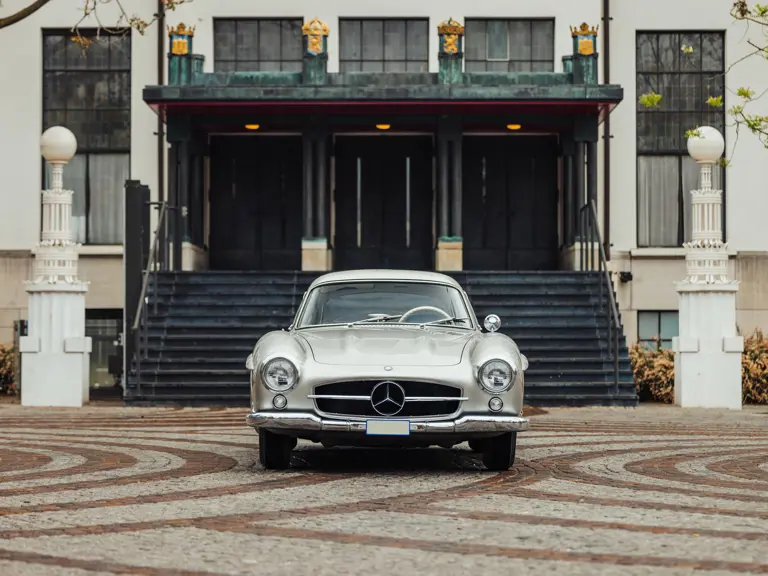
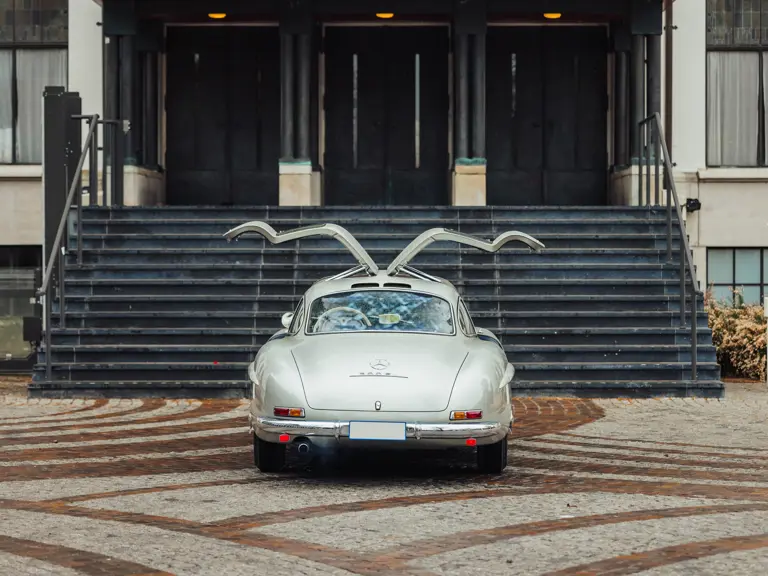
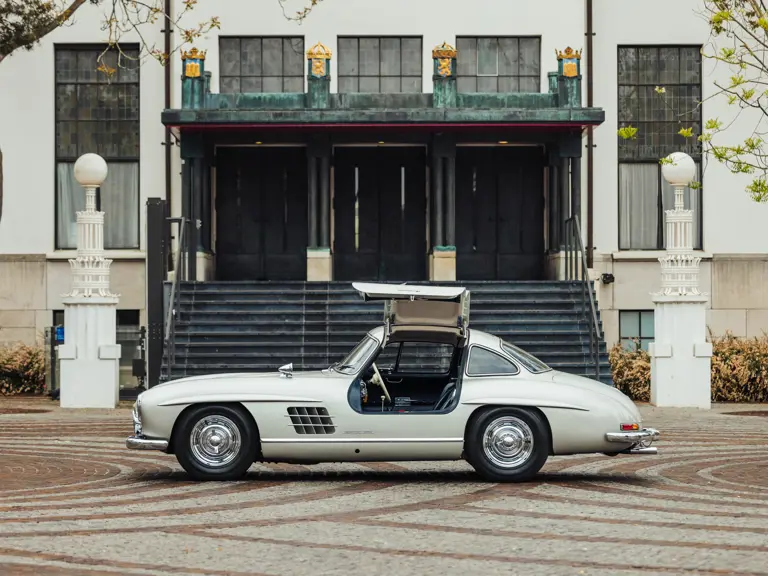
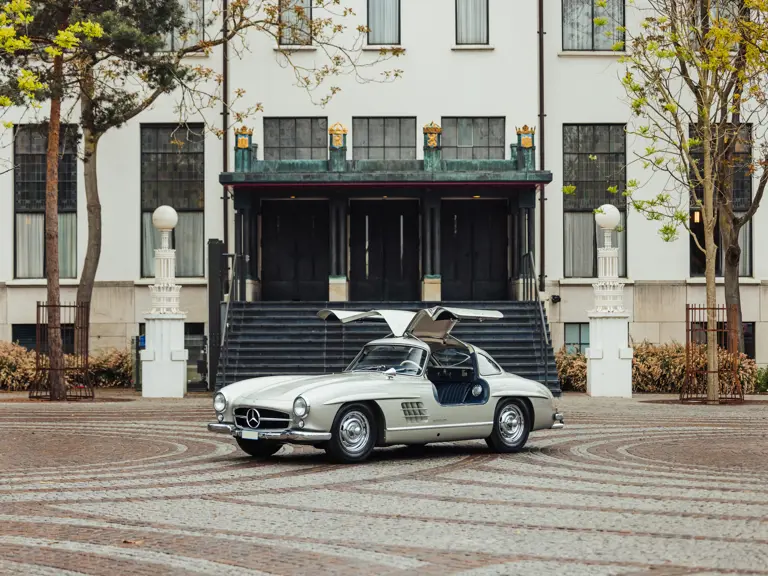
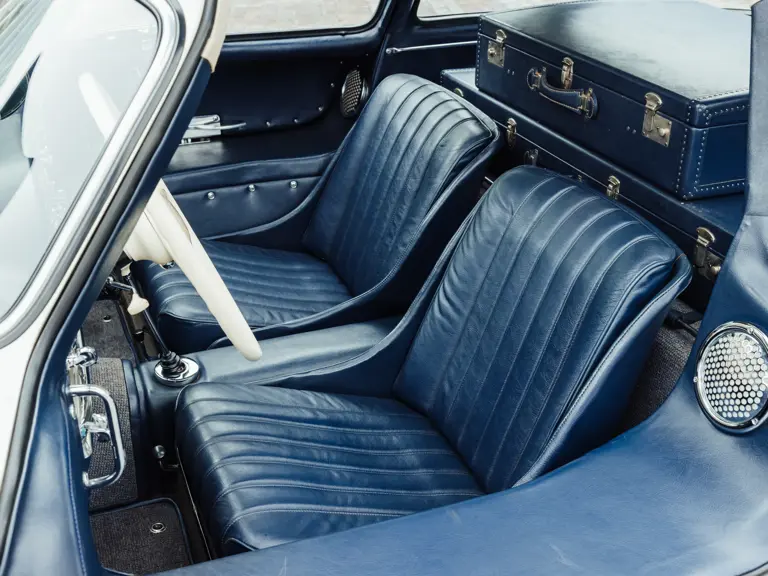
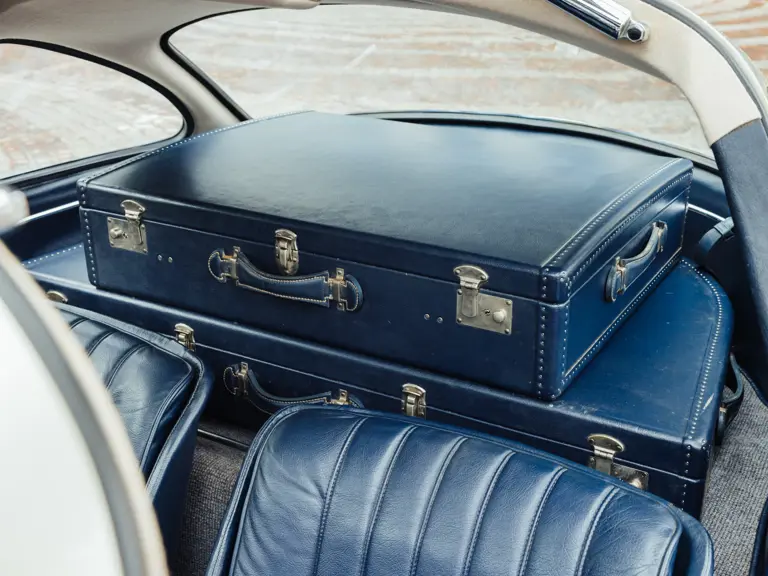


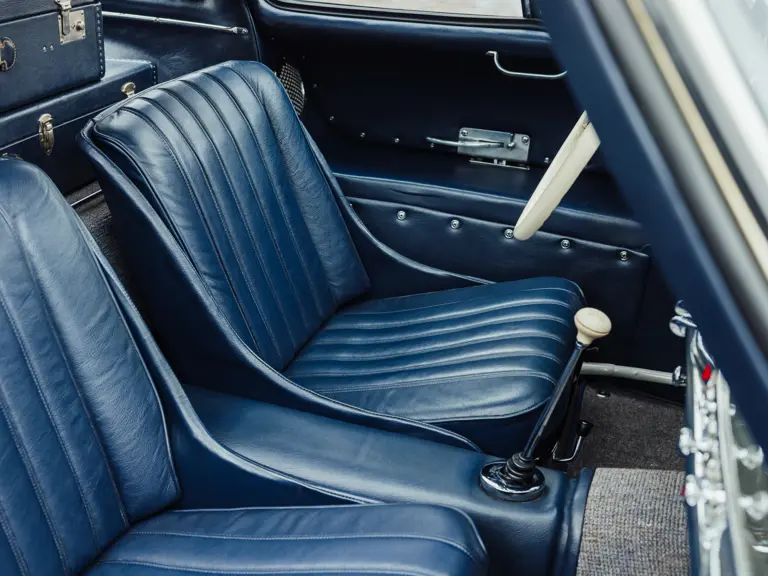
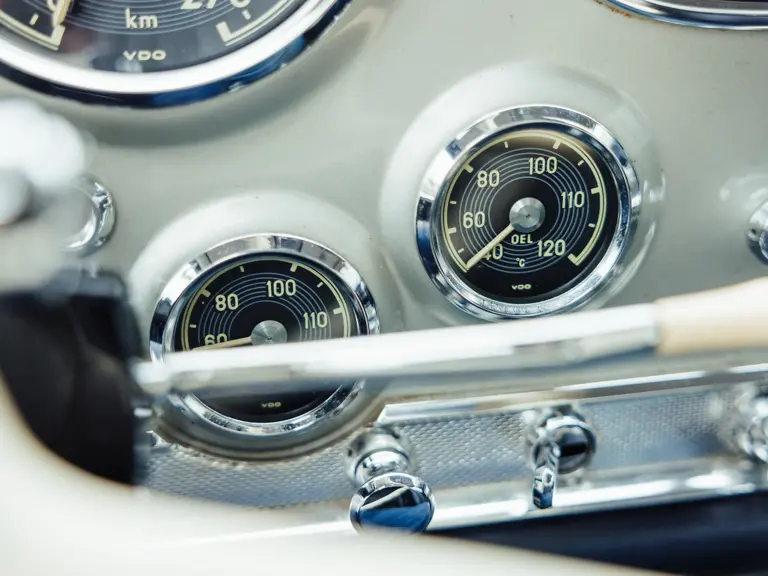



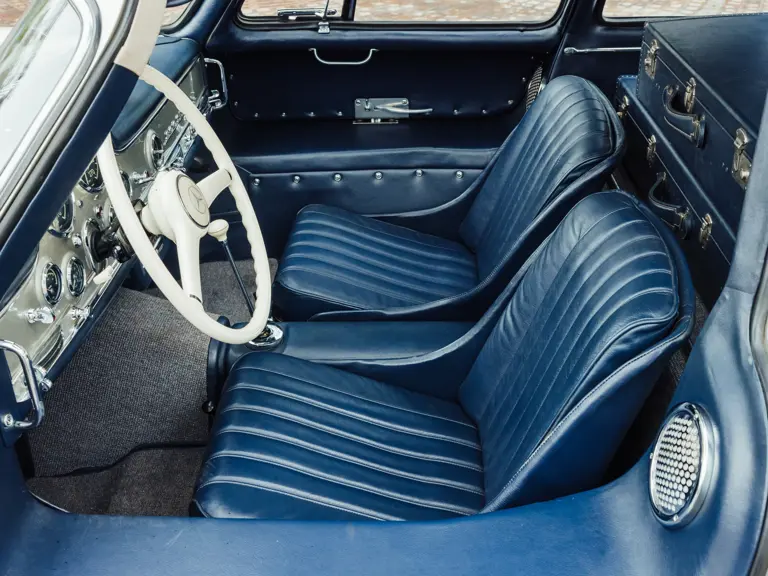
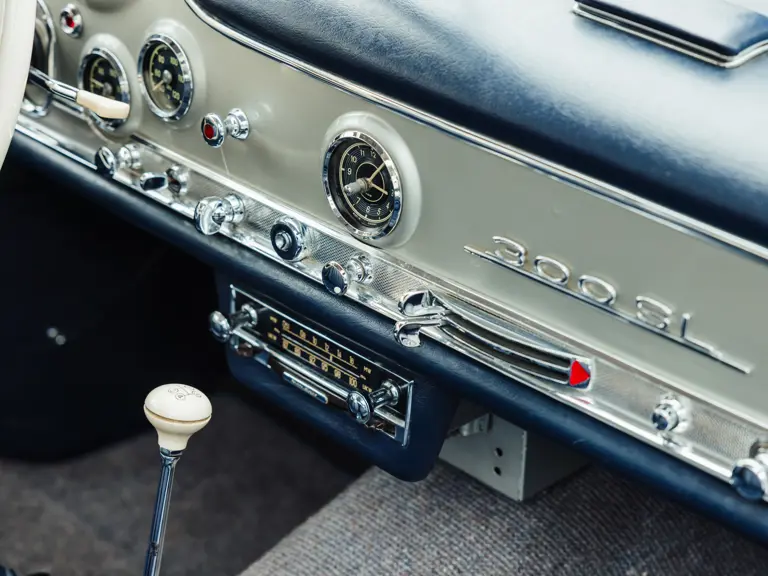
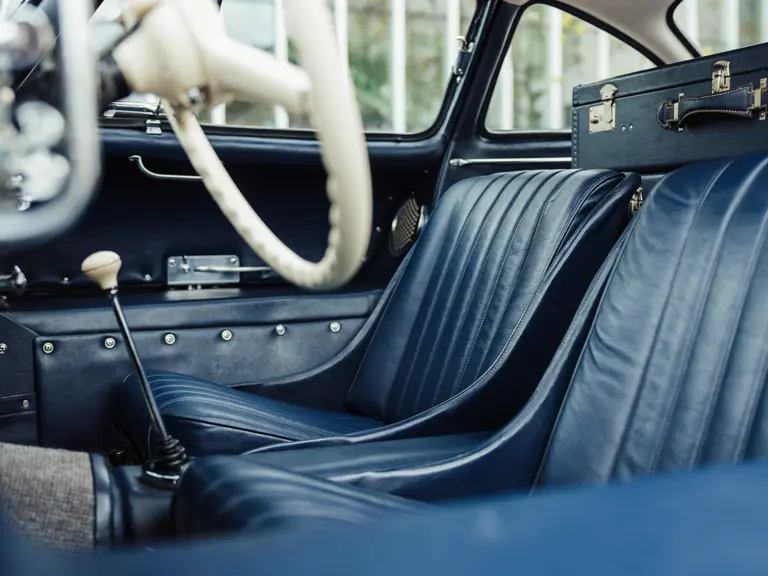

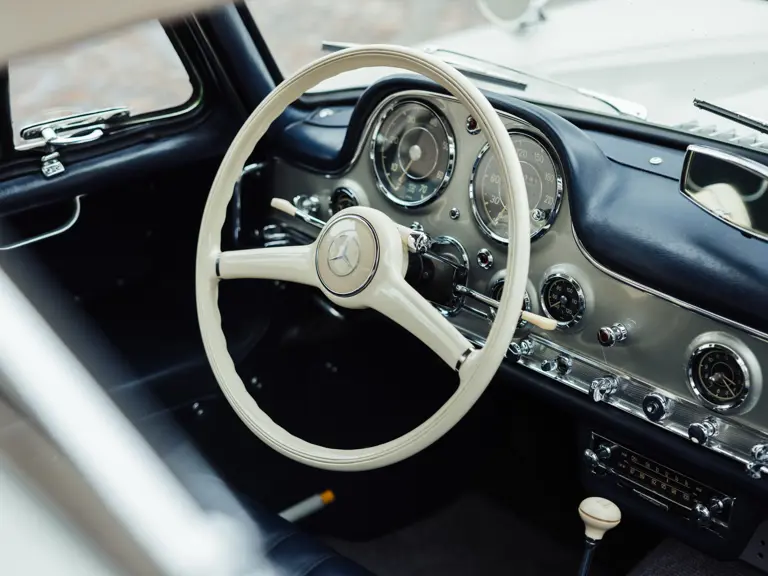
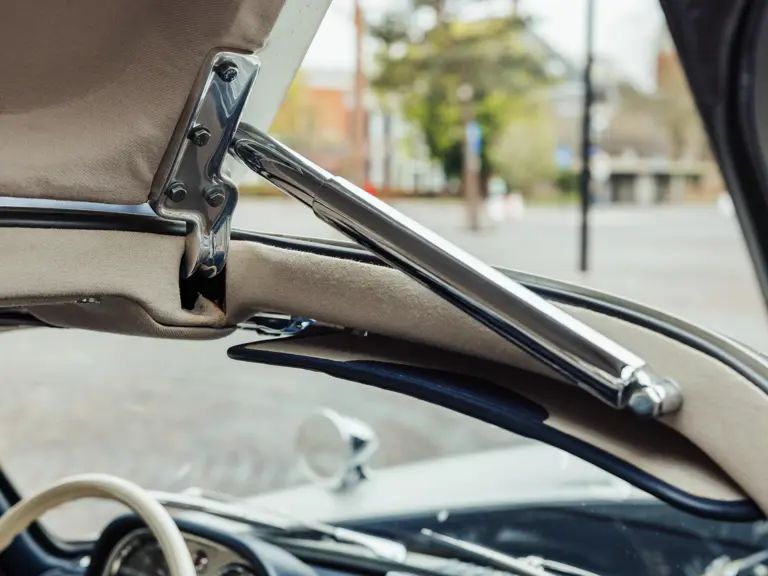
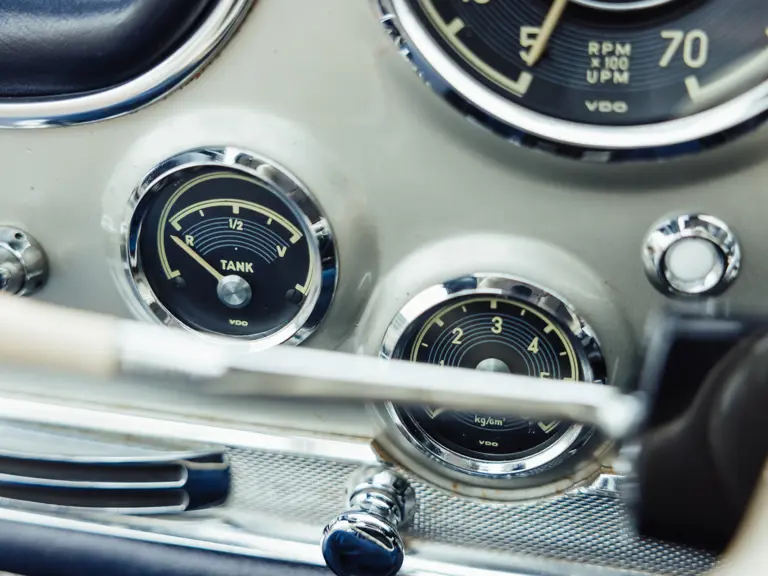





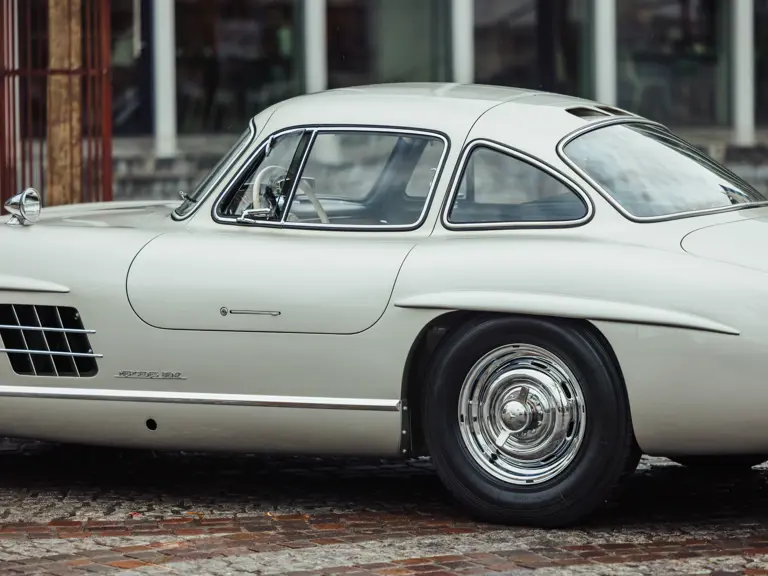
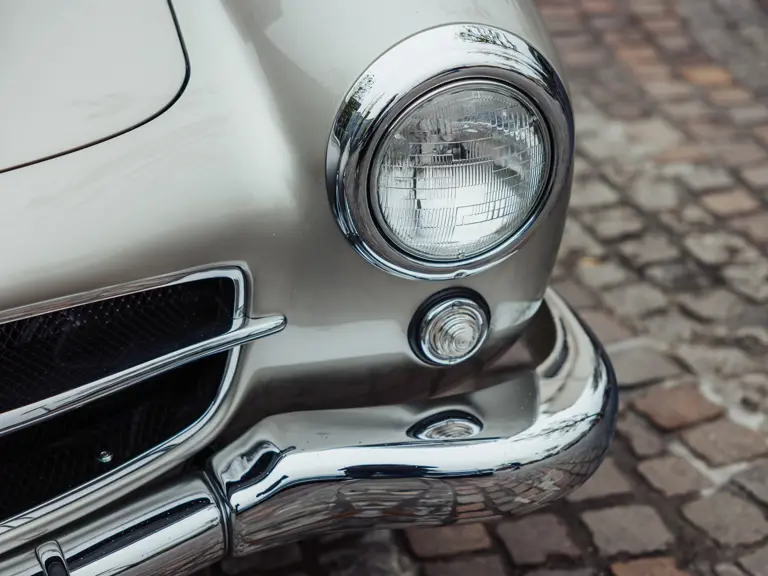



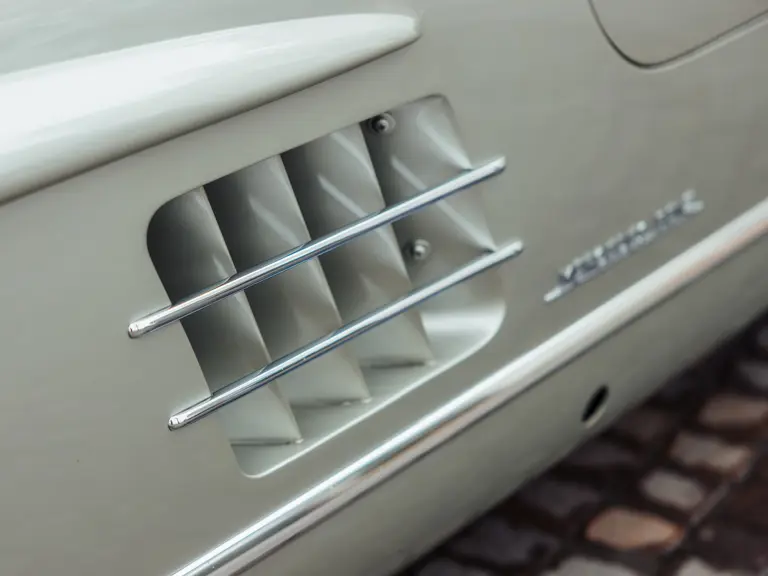
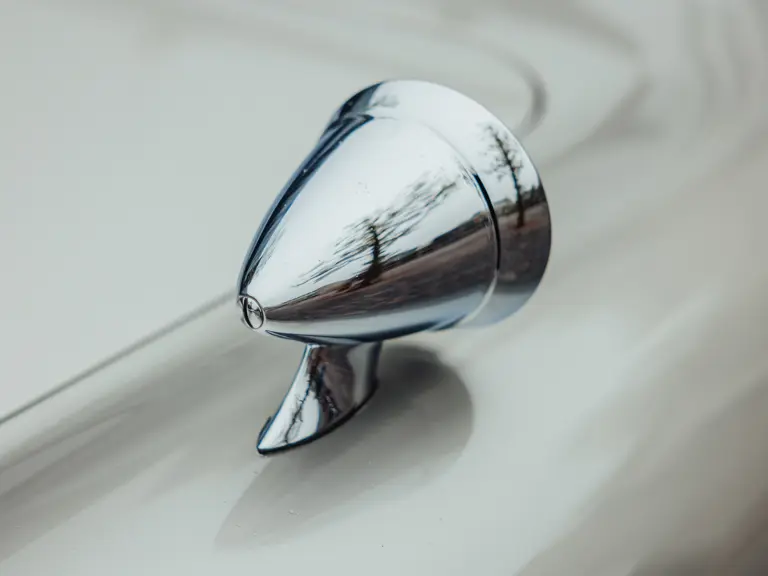
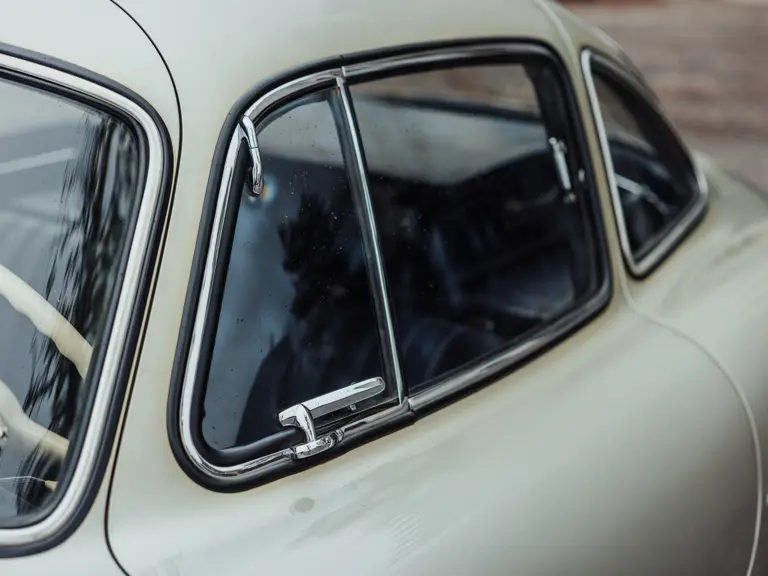



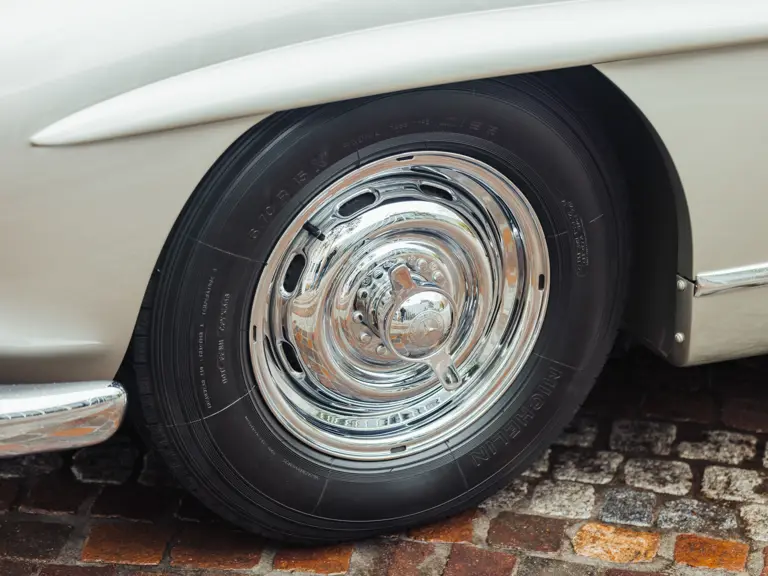
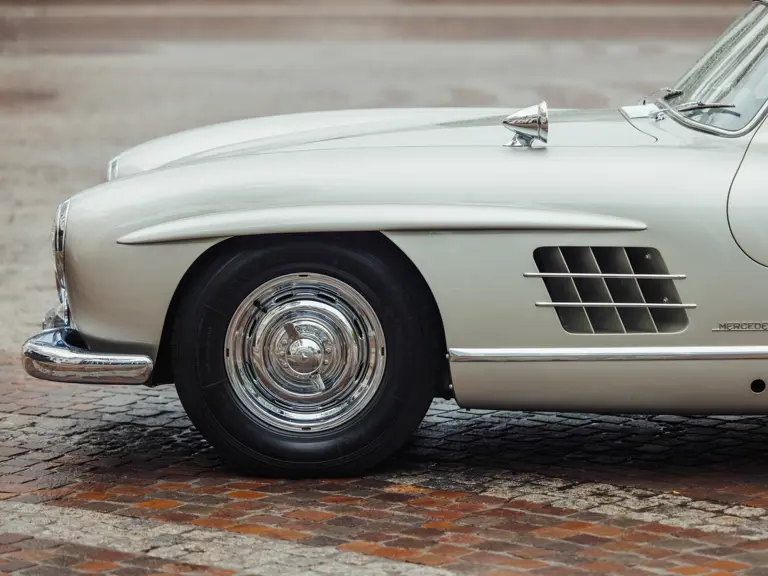


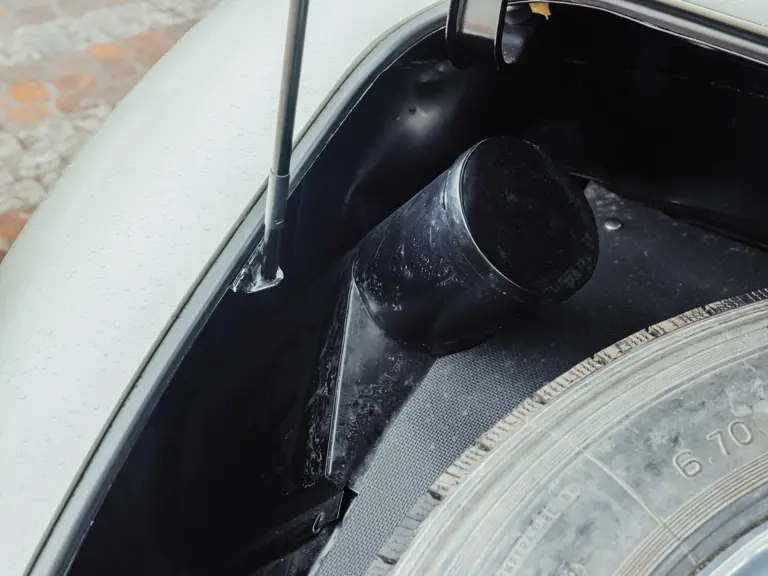

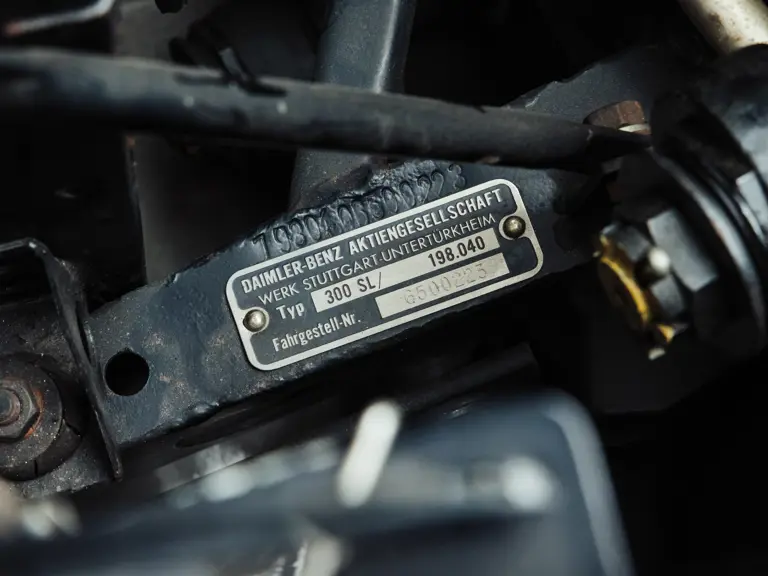
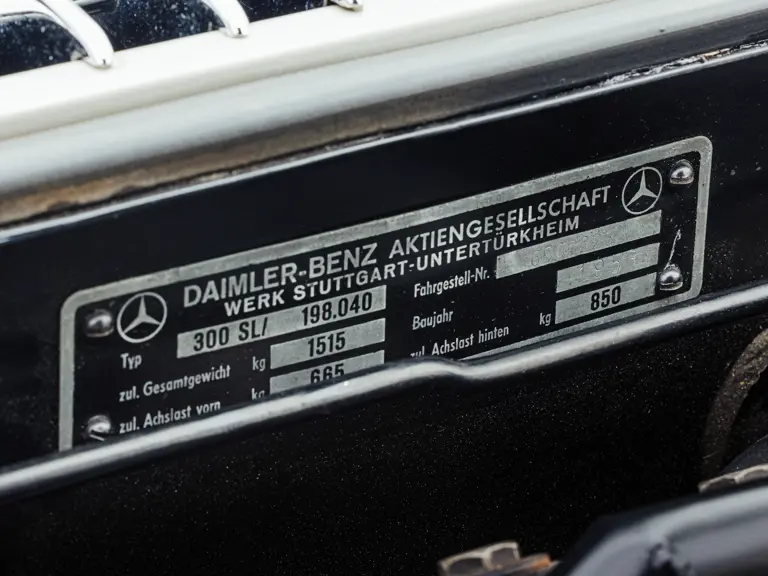





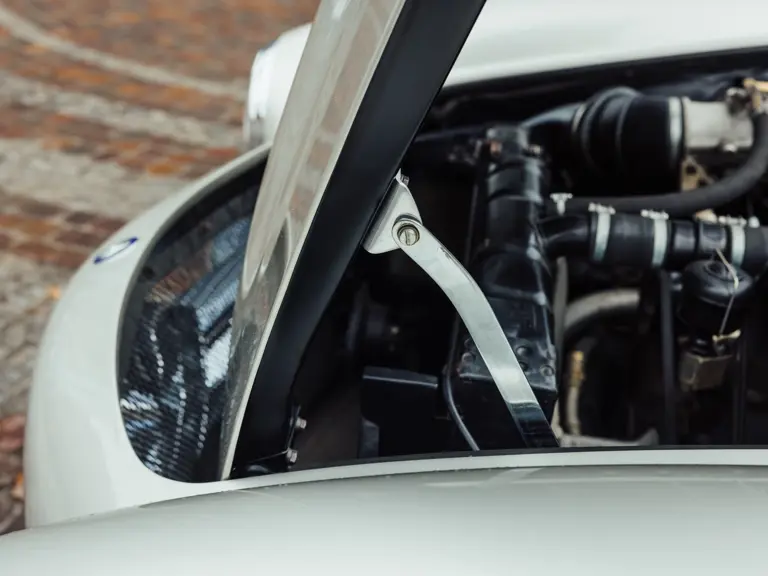

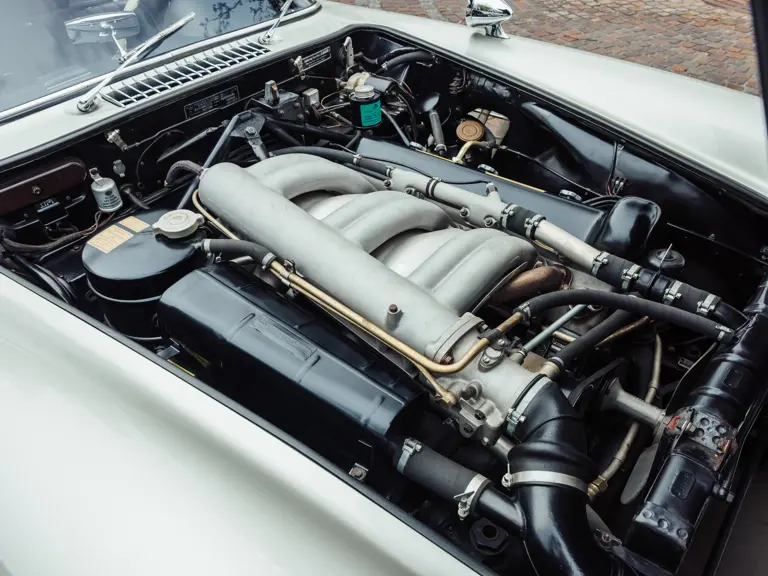
 | Milan, Italy
| Milan, Italy
